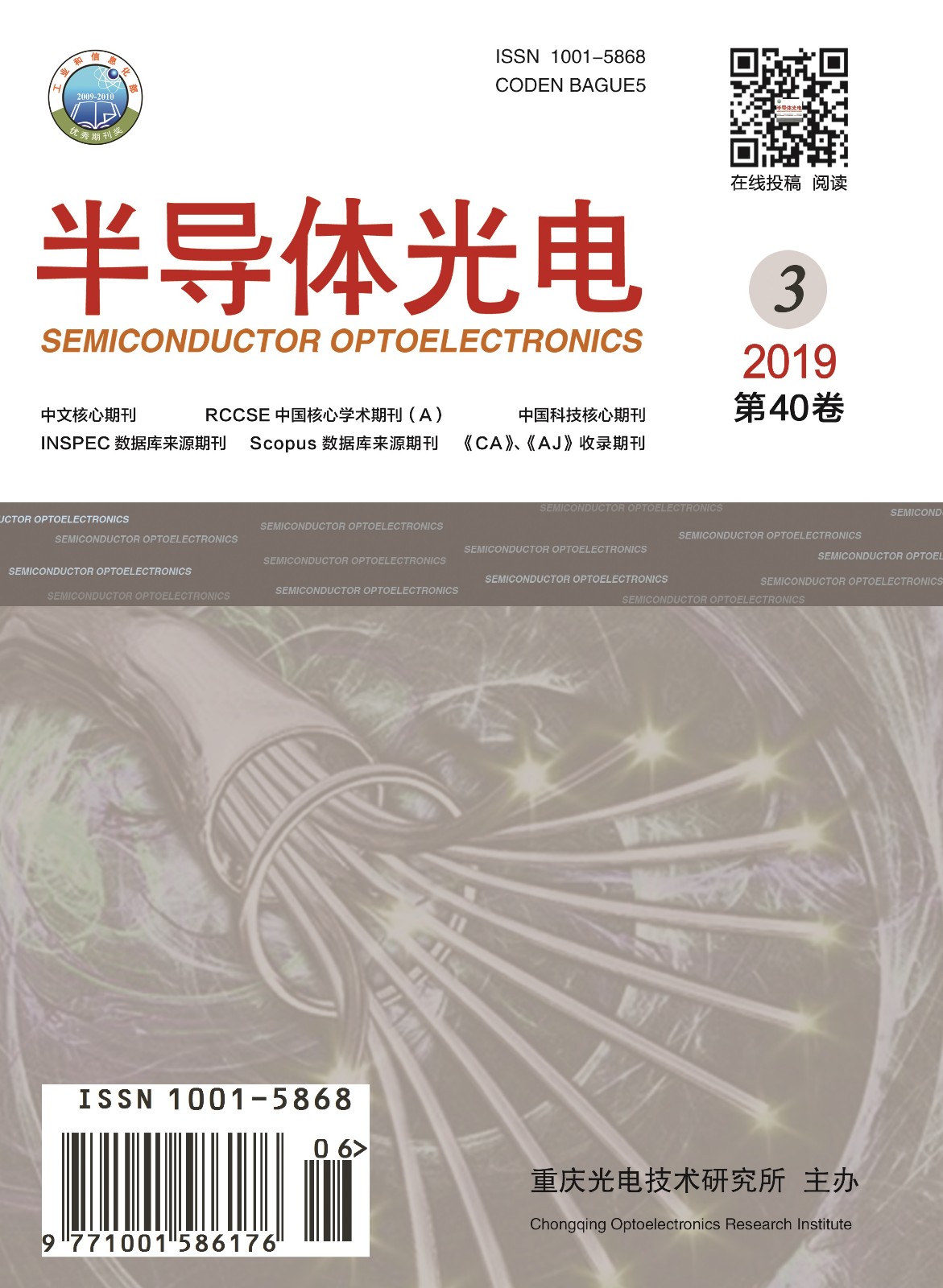半导体光电, 2019, 40 (3): 401, 网络出版: 2019-07-09
基于NSST和自适应稀疏表示的紫外光与可见光图像融合
Ultraviolet and Visible Image Fusion Based on NSST and Adaptive Sparse Representation
NSST变换 自适应稀疏表示 紫外光与可见光图像融合 邻域标准偏差取大 NSST transform adaptive sparse representation ultraviolet and visible image fusion maximum neighborhood standard deviation
摘要
针对紫外成像仪中紫外光图像与可见光图像的灰度值特点及传统的图像融合方法在图像融合时存在紫外光斑信息丢失的问题,提出一种基于非下采样剪切波变换(NSST)和自适应稀疏表示的紫外光与可见光图像融合方法。首先用NSST变换分解源图像,得到低频子带系数和高频子带系数;然后采用邻域标准偏差取大的融合规则融合低频子带系数,生成近似融合图像;根据自适应稀疏思想指导高频子带系数的融合;最后通过逆NSST变换重构得到融合图像。实验结果表明,该方法在保留可见光背景信息的基础上,很好地融合了紫外光斑信息,改善了图像的主观视觉质量,在客观评价指标上也有所提高。
Abstract
Based on the gray distribution characteristics of ultraviolet and visible images in ultraviolet imager, and in order to solve the loss problem of ultraviolet spot information in traditional image fusion, in this paper, an ultraviolet and visible image fusion method based on NSST and adaptive sparse representation was proposed. Firstly, the sources images were decomposed by NSST transform to obtain the low-frequency and the high-frequency sub-band coefficient. Then, the low-frequency sub-band coefficient was fused with maximum neighborhood standard deviation and an approximate fused image was generated. The fusion of high-frequency sub-band coefficient was guided according to the adaptive sparse idea. Finally, the fused image was reconstructed by inverse NSST transform. Experimental results demonstrate that the proposed method preserves the background information on visible image and integrates the ultraviolet spot information well. Meanwhile, both subjective visual effect and objective evaluation index are improved.
侯思祖, 陈宇. 基于NSST和自适应稀疏表示的紫外光与可见光图像融合[J]. 半导体光电, 2019, 40(3): 401. HOU Sizu, CHEN Yu. Ultraviolet and Visible Image Fusion Based on NSST and Adaptive Sparse Representation[J]. Semiconductor Optoelectronics, 2019, 40(3): 401.



